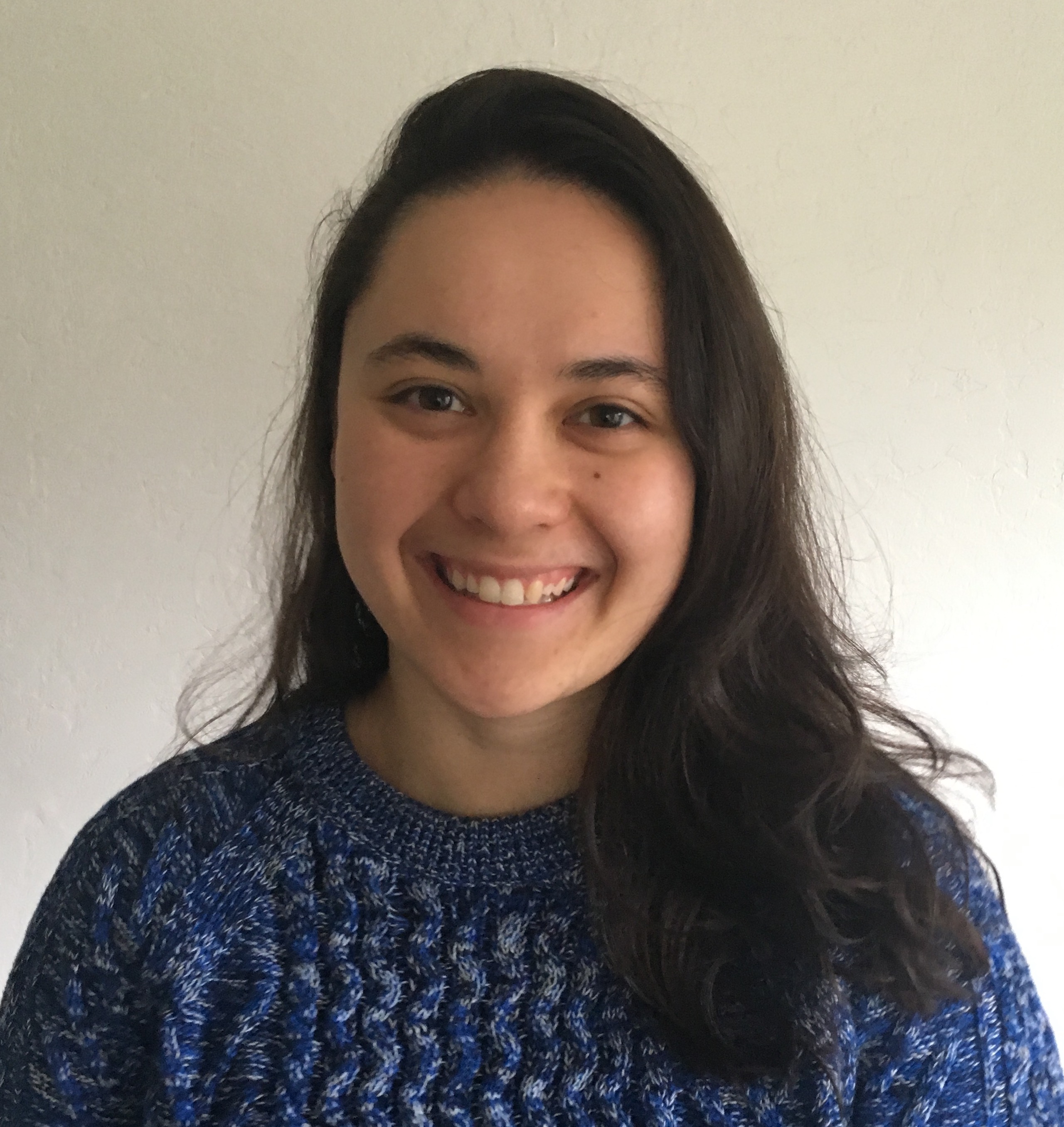Amberchan, Gabriella
|
Gabriella Amberchan is a chemistry PhD candidate at the University of California, Santa Cruz. Her research in organic chemistry is focused on metal catalysis and metal hydride reactions. Her goal is to develop new methodologies that adhere to the principles of green chemistry that will have future application in industry. Gabriella is an avid learner and is always motivated to learn new teaching practices. She is excited to implement the equitable and inclusive learning techniques she has acquired from ISEE in her teaching responsibilities at UC Santa Cruz and in her future career as a faculty member. |
 |
Teaching Activity Summary
Name of Teaching Activity: Acid-Base Inquiry Activity "OH-, what the H+?!"
Teaching Venue & Date: WEST 2019, Sept 18-19 2019
Learners: 16 community-college transfer students.
Reflection on how learners engaged with a STEM practice during the inquiry:
Our STEM practice focused on having the students “explain [their] results and/or solutions based on evidence.” This STEM practice is the basis for all types of research, and we wanted to cement the learners understanding of it. Our goal was to have the students develop a hypothesis, create an experimental design, and then based on those results come up with a reasonable conclusion that is supported by their data.
To assess the students’ ability with regards to this practice, we designed a rubric that had the key points we wanted the students to master. The STEM practice rubric was divided into 3 dimensions: 1) determine a hypothesis based on experimental evidence, 2) create an experimental design based on evidence, and 3) draw appropriate conclusions from experimental evidence. All of the students began by developing reasonable and investigable research questions before moving into the experimental design portion of the workshop. From there some of the learners quickly gathered data that was then used to provide a logical conclusion to their hypothesis. A few learners had to redesign their hypotheses based on the results that they were obtaining. Working with those learners provided insight into their process and the facilitators were able to guide them into making their subsequent hypothesis supported by the results they had already gathered.
The culminating assessment of the STEM practice occurred during their poster presentations, where they were asked to provide their hypothesis, outline their research design, and explain how their data supported their claim. Based on those presentations the facilitators agreed that all the students showed a high level of understanding of this practice by the end of the activity.
